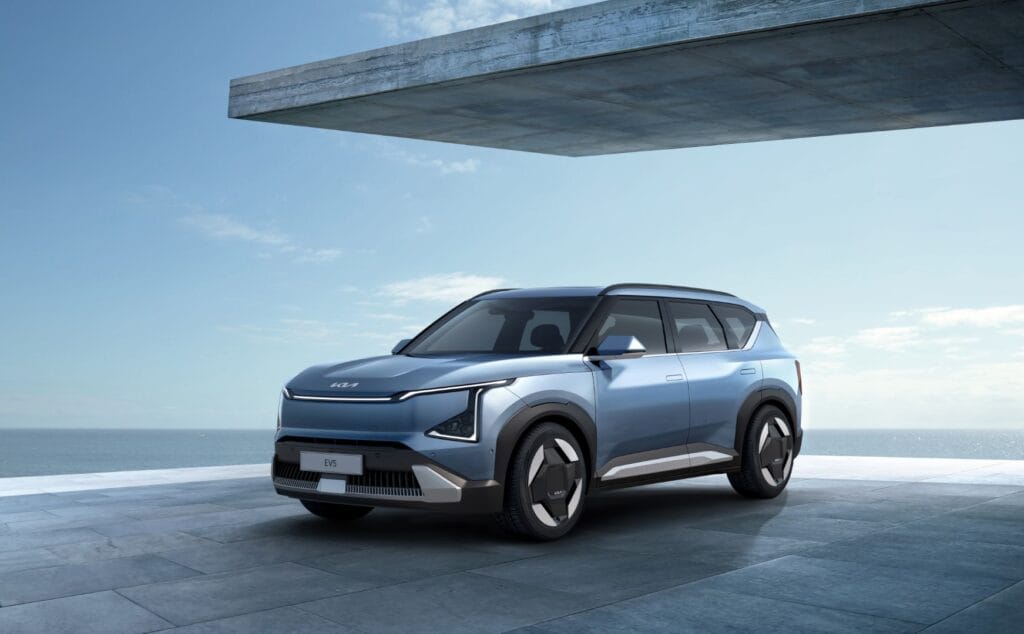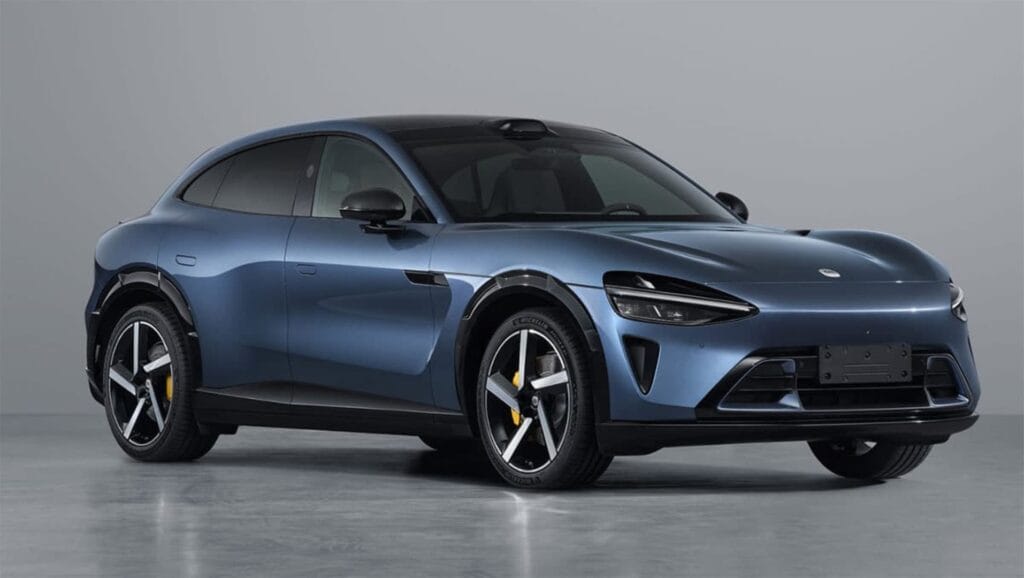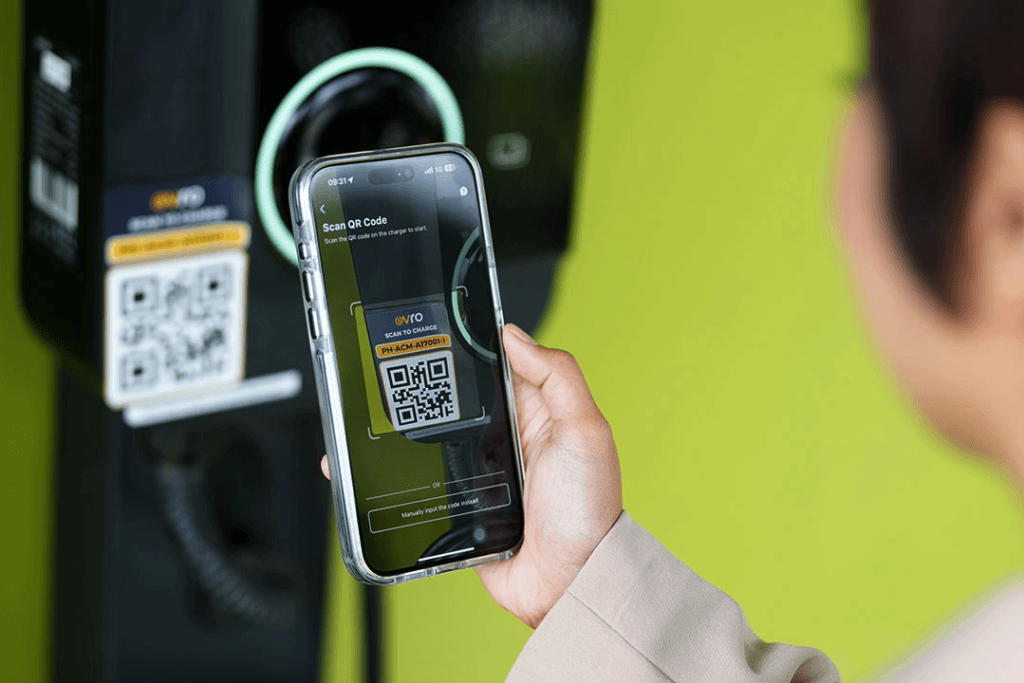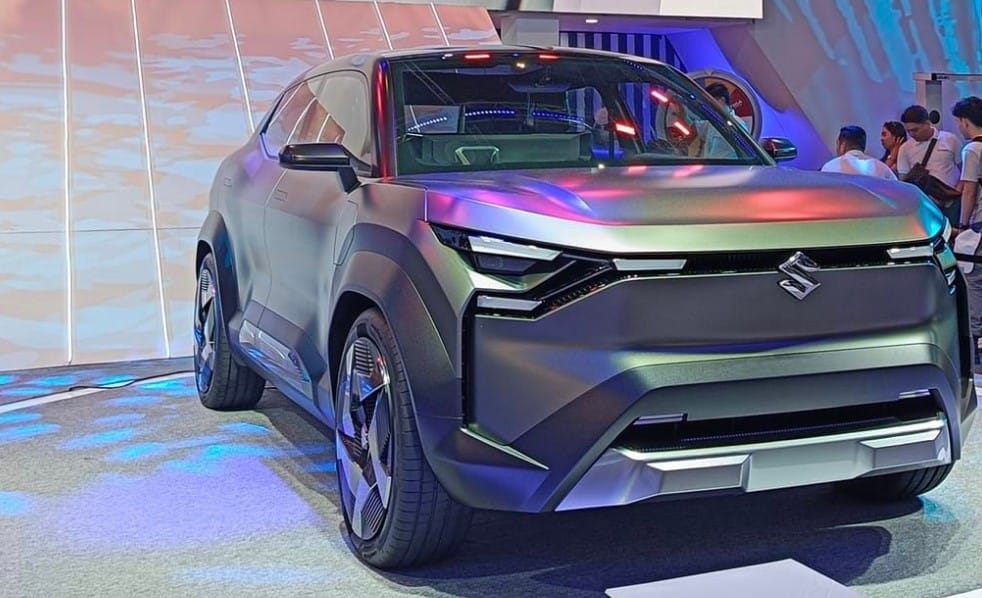There has been a rise in popularity of EVs and Hybrid Electric Vehicles here in the Philippines as of late. However, there are a lot of misconceptions and outdated notions regarding these cars still floating around. Misconceptions about their reliability and drivable range still persist. It’s time to put these myths to rest and celebrate the advancements that have positioned modern EVs as a viable and sustainable transportation option.

Reliability of Modern Electric Vehicles
One of the most pervasive myths about EVs is that they are unreliable. This belief often stems from early experiences with older models, which did face some teething problems. However, the EV industry has made significant strides since then, and today’s EVs boast impressive reliability.
1. Fewer Moving Parts:
Modern electric vehicles have fewer moving parts compared to their internal combustion engine (ICE) counterparts. This means there’s less that can go wrong. Traditional vehicles have complex engines with numerous components that require regular maintenance. In contrast, EVs have simplified powertrains, reducing the risk of mechanical failures.

2. Rigorous Testing and Quality Control:
Leading EV manufacturers like BYD and Lexus subject their vehicles to rigorous testing and quality control measures. This ensures that every aspect of the vehicle, from the battery to the software, meets high standards of reliability. For instance, companies like Tesla, Nissan, and Hyundai have established reputations for producing reliable EVs that can withstand various driving conditions.

3. Positive Consumer Feedback:
Honestly, the popularity and positive feedback you see from EV owners is more than just hype. Consumer reports and reviews consistently highlight the reliability of modern EVs. Owners frequently commend their vehicles for their minimal maintenance requirements and dependable performance. In fact, many EVs have outperformed traditional vehicles in reliability surveys, further dispelling the myth of unreliability.
Drivable Range of Modern Electric Vehicles
Another common myth is that EVs have short drivable ranges, making them impractical for daily use. However, advancements in battery technology have dramatically extended the range of modern EVs. We stated in a previous article that getting a Hybrid is the happy compromise when shifting to owning an EV.
1. Improved Battery Technology:
Modern EVs and HEVs are equipped with advanced lithium-ion batteries that offer significantly greater energy density. This translates to longer driving ranges on a single charge. For example, the BYD Seal 5 DM-i has a drivable range of 1125 kilometers thanks to the battery range of 50 KM while the Gas tank lets you go 1000 kilometers. With the Regenerative Braking recharge system, you charge the battery whenever you brake, further increasing the drivable range of the battery. On the other hand, full EVs like the Nissan Leaf and Hyundai Kona Electric offer ranges exceeding 200 miles (322 kilometers).

2. Expanding Charging Infrastructure:
The Philippines is making considerable progress in expanding its EV charging infrastructure. Numerous charging stations are being installed across major cities and highways, making it convenient for EV owners to charge their vehicles. Companies like Meralco and Ayala Corporation are actively investing in EV charging networks, ensuring that drivers can access charging points without hassle. Many Ayala malls have provided free charging stations for customers with EVs in their parking lots.

3. Real-World Efficiency:
In real-world driving conditions, modern EVs demonstrate exceptional efficiency. Regenerative braking systems allow EVs to recapture energy during deceleration, extending their range. Moreover, advancements in aerodynamics and lightweight materials contribute to improved energy efficiency, enabling EVs to travel longer distances on a single charge.
Environmental and Economic Benefits
Beyond reliability and range, it’s important to highlight the broader benefits of adopting EVs in the Philippines.
1. Reduced Emissions:
EVs produce zero tailpipe emissions, contributing to cleaner air and a reduction in greenhouse gas emissions. As the Philippines continues to grapple with air quality issues and climate change, the transition to EVs can play a crucial role in mitigating these challenges.
2. Lower Operating Costs:
EVs are cost-effective to operate. Electricity is cheaper than gasoline, and EVs require less maintenance. Owners save on fuel costs, oil changes, and other routine maintenance expenses associated with traditional vehicles. Over the vehicle’s lifespan, these savings can be substantial.

3. Energy Independence:
By embracing EVs, the Philippines can reduce its dependence on imported fossil fuels. This shift enhances energy security and supports the country’s efforts to develop renewable energy sources, such as solar and wind power, which can be integrated into the charging infrastructure.
Conclusion
The myths surrounding the reliability and drivable range of modern electric vehicles in the Philippines are unfounded. Advances in technology, coupled with expanding infrastructure, have positioned EVs as a reliable and practical choice for consumers. As the country moves towards a sustainable future, it’s time to embrace the benefits of electric mobility and dispel the misconceptions that have held back progress. With their reliability, extended range, and environmental advantages, modern EVs are ready to revolutionize transportation in the Philippines.





